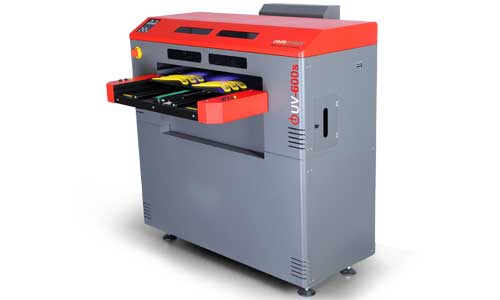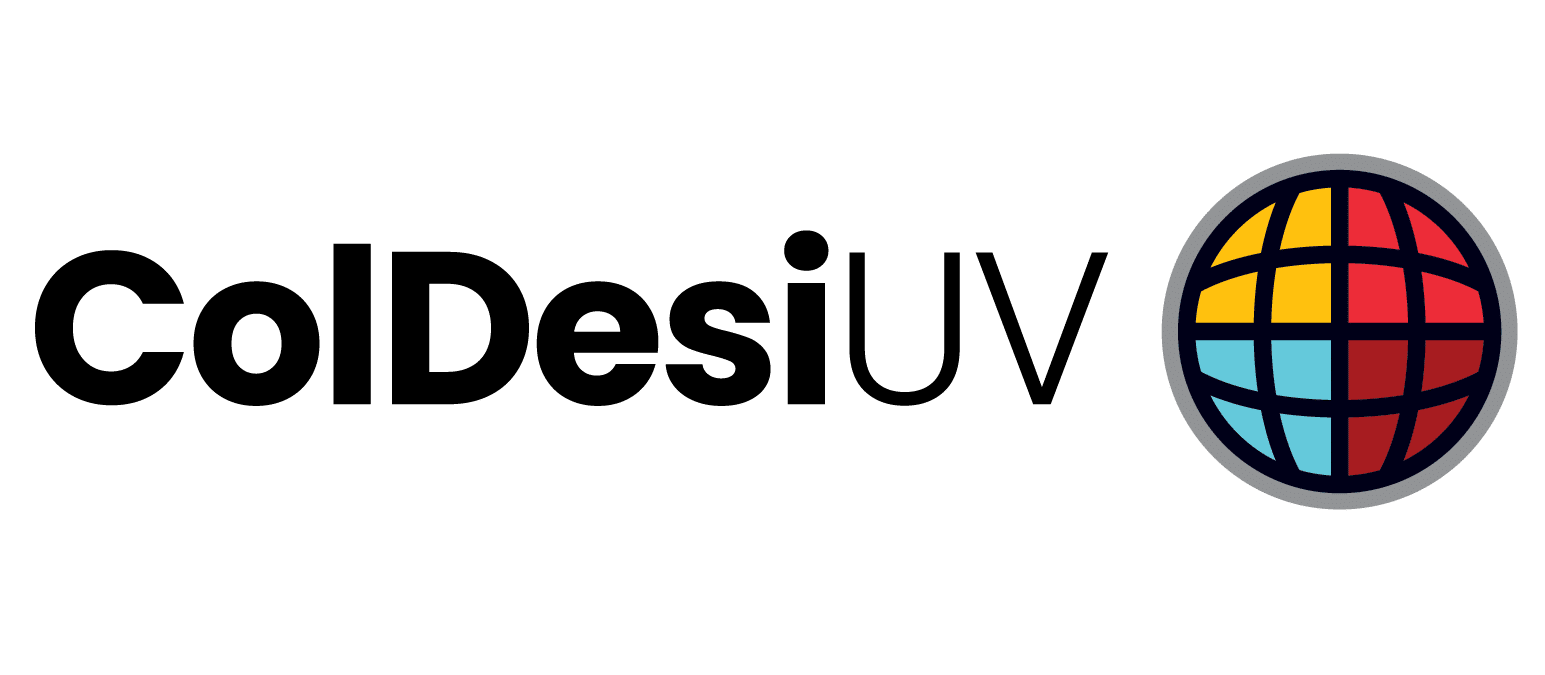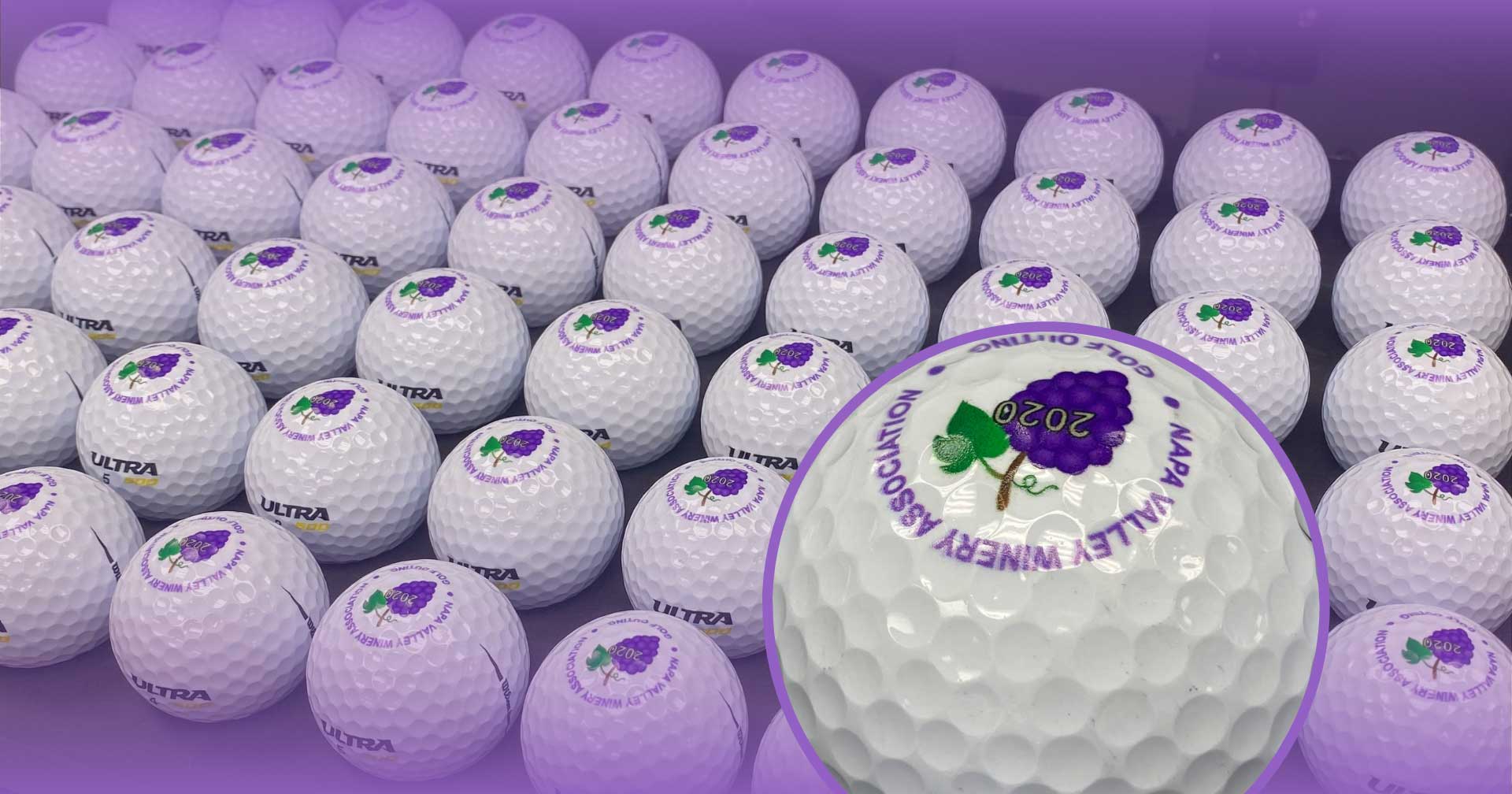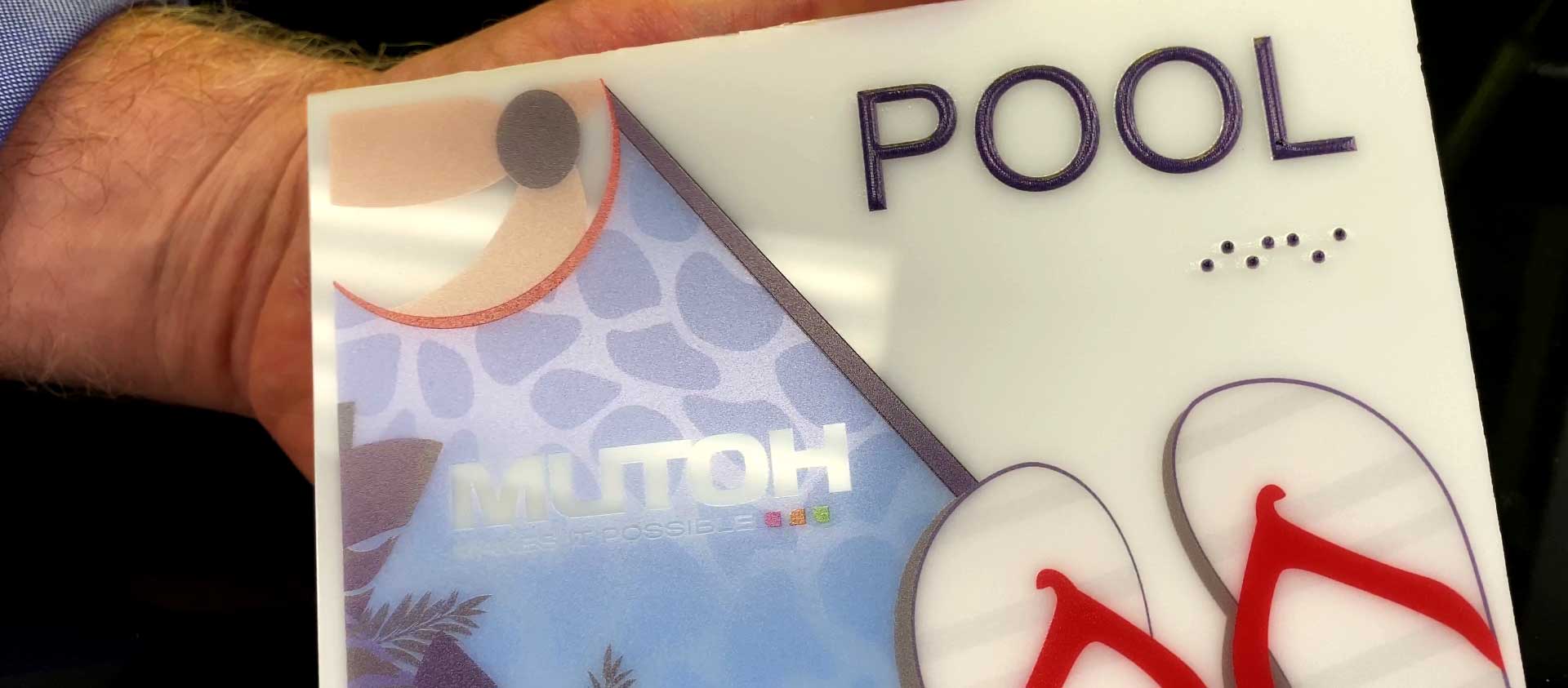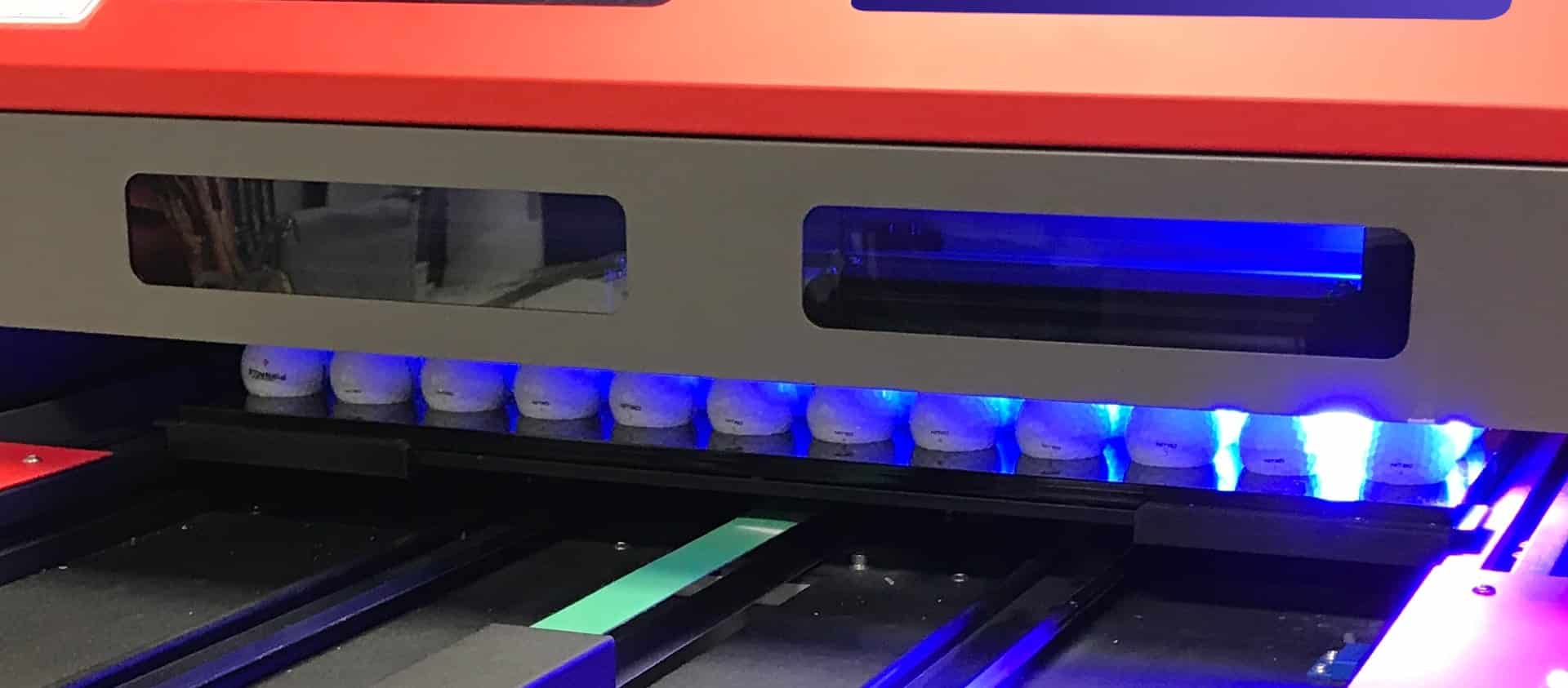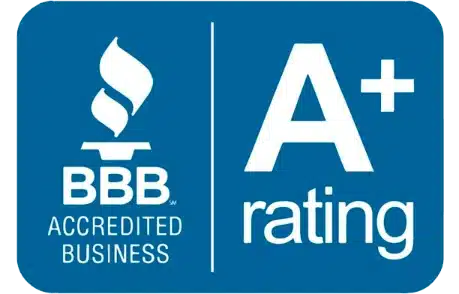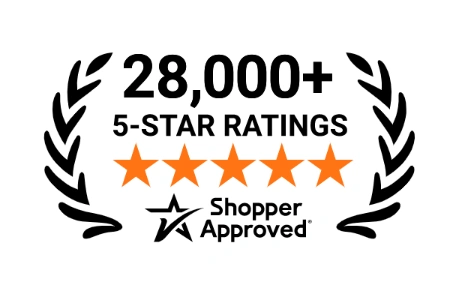Pad printing allows you to print images onto many 3D objects. Traditionally it’s been used to print on items that have been considered difficult to print on because of shape or texture.
However, pad printing is not the best choice when it comes to printing on unique objects.
If you’re looking for a better way to print difficult items in full color digital quality, purchasing the Compress UV LED Printer may be the way to go. This new machine by the ColDesi group of companies can print onto almost any unique surface, plus it has some amazing efficiency gains vs pad printing.
Pad Printing
Pad Printing as a process has been around for centuries and really came into what we see today in the 60’s and 70’s. It’s the ability to print on 3D objects, whether they be basketballs, bottle caps, or even pizza boxes.
A silicone pad is covered with an ink layer which is then pressed onto the unique object to be printed. The image is squeegeed onto the pad one ink layer at a time till the desired amount of colors are fully transferred.
Aligning the image color by color can be tricky and often pad printing imposes limits on how many colors you can have in a design. All the ink needs to be cured, often for hours, before the items can be handled.
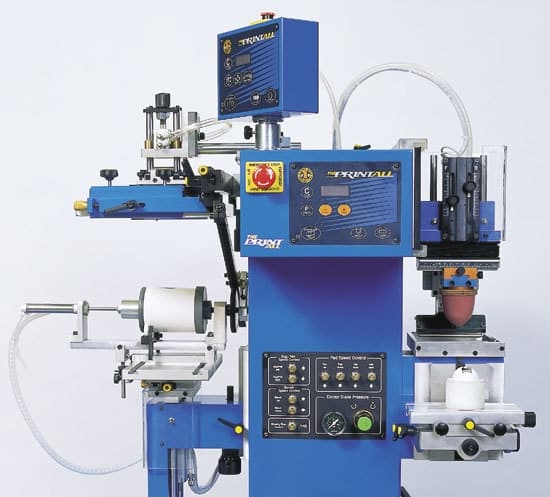
Why UV Printing?
UV Printing goes way above and beyond Pad Printing.
Pad printing requires each item to be printed individually. With a UV printer, depending on the size of each item, you can do multiples at the same time.
For example, you could put 10 items on the printer, set up the machine, press start, and come back 10 minutes later once they’re done.
There is also virtually no curing time. Because of the UV light, the ink is dry instantly and can be handled right away.
UV Printing allows for full-color printing, including using a layer of white on the bottom to make the image/design stand out from the object. This is especially useful for printing on darker items or POP Displays.
Typically, with pad printing, you’ve restricted to one to two colors as each color will require individual presses (this also means that companies will charge more for multiple colors).
UV Means Full-Color Digital Output Instantly Dry to the Touch
Along with full-color, UV Printers allow you to add a varnish layer to objects. This can give a glossy or matte finish to the design.
A varnish layer is needed to protect the ink with traditional pad printing. However, with a UV printer, the varnish provides a different aesthetic to your product.
Even if the object has an uneven surface the quality of printing is not affected. Whereas with pad printing because you’re pressing the ink onto the object via a pad there is always a possibility that parts of the object will not be printed on.
UV Printing provides an incredibly high-quality job, one that simply cannot be achieved with a pad printer.
What can you print on?
A UV Printer allows you to print on practically anything. It’s great for making promotional items for your business but also customers.
If your customers are already ordering shirts from you, a UV Printer is a great way to make you their one-stop shop for all their needs. Whether it is a custom tile for their bathroom or kitchen. Golf balls for a company charity event. Basketballs, signs, magnets, stainless steel mugs, phone cases, etc.
You can print onto virtually any material and any shape of the item, whether it’s cylindrical or conical. Whereas pad printers have difficulty printing on cylindrical items because they’re narrower at one end.
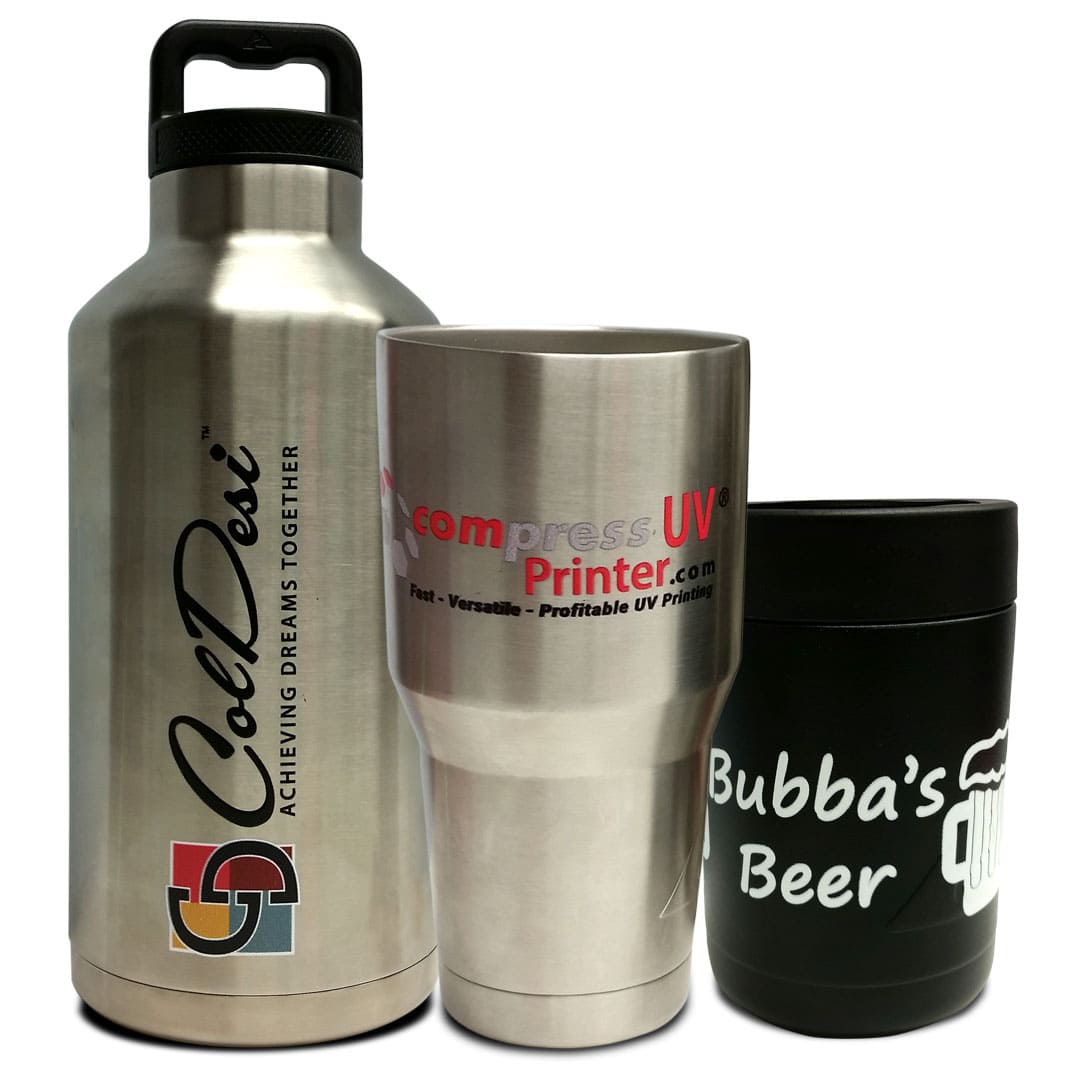

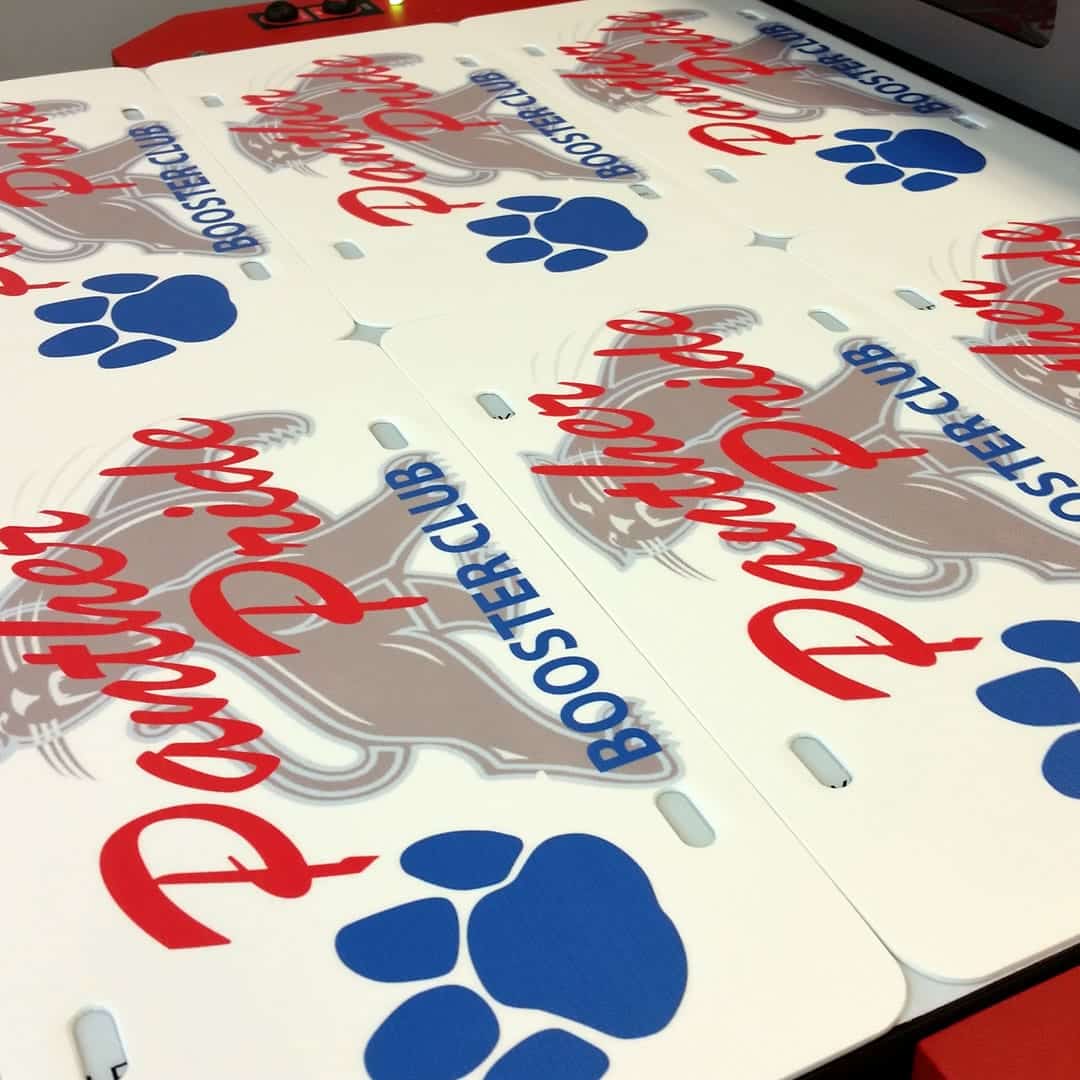
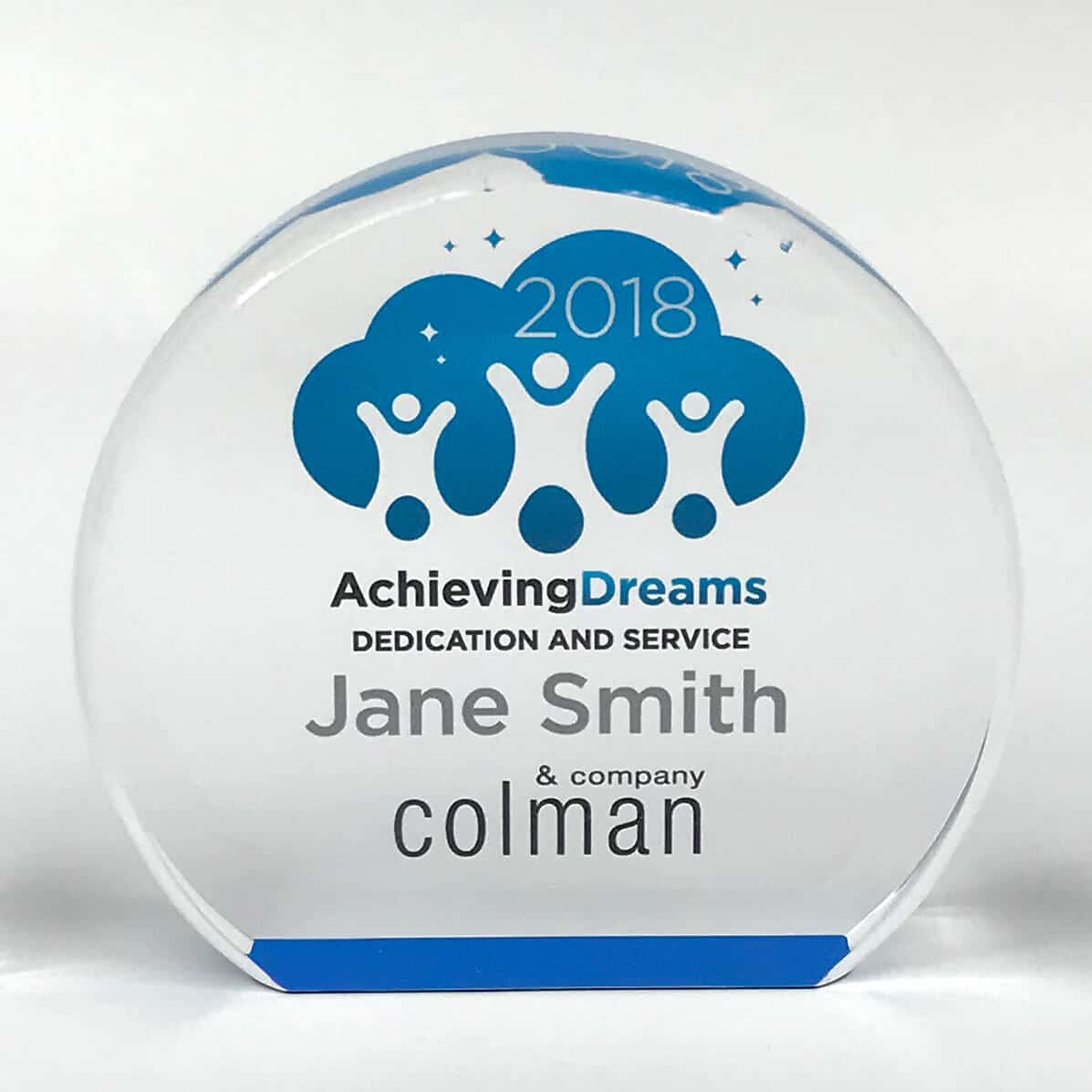
Printing In-House ROI
If you’ve been thinking about outsourcing your printing, you may want to consider doing it in-house instead. Buying a Compress UV Printer from ColDesi can not only save you money over time but also add revenue to your business.
An iUV600 LED UV Printer is a substantial investment. But looking at some of the numbers more closely can show you how you could pay off the machine within 5 months.
Using custom printed tiles as an example:
Materials Cost:
- Tiles: $1/each
- Ink: $0.35/per tile
- Total cost per tile: $1.35
Printing approximately 48 tiles per hour makes the material cost per hour $64.90.
You can likely sell those tiles at $10/each, making your profit $8.65/tile, or $415.2/hour.
For our example, we’ll assume you also spend 2 hours creating the custom design for the tile. Shifting the profit per hour to $138.40.
Using these numbers, if you can fill 3 similar jobs per day (48 tiles, with 3 hours of labor and printing each), your profit for the day is $415.20.
Each job will have a different profit margin, but using the above numbers it could be possible to pay off the cost of the machine within 5 months ($36,995 ÷ $415.20 = 89 working days. 89 days ÷ 20 working days/month = 4.5 months).
Plus, ColDesi has great lease terms, so you can be adding profit to your business right away.
After the machine is paid off, you could be adding another $6,000+ to your business every month.
